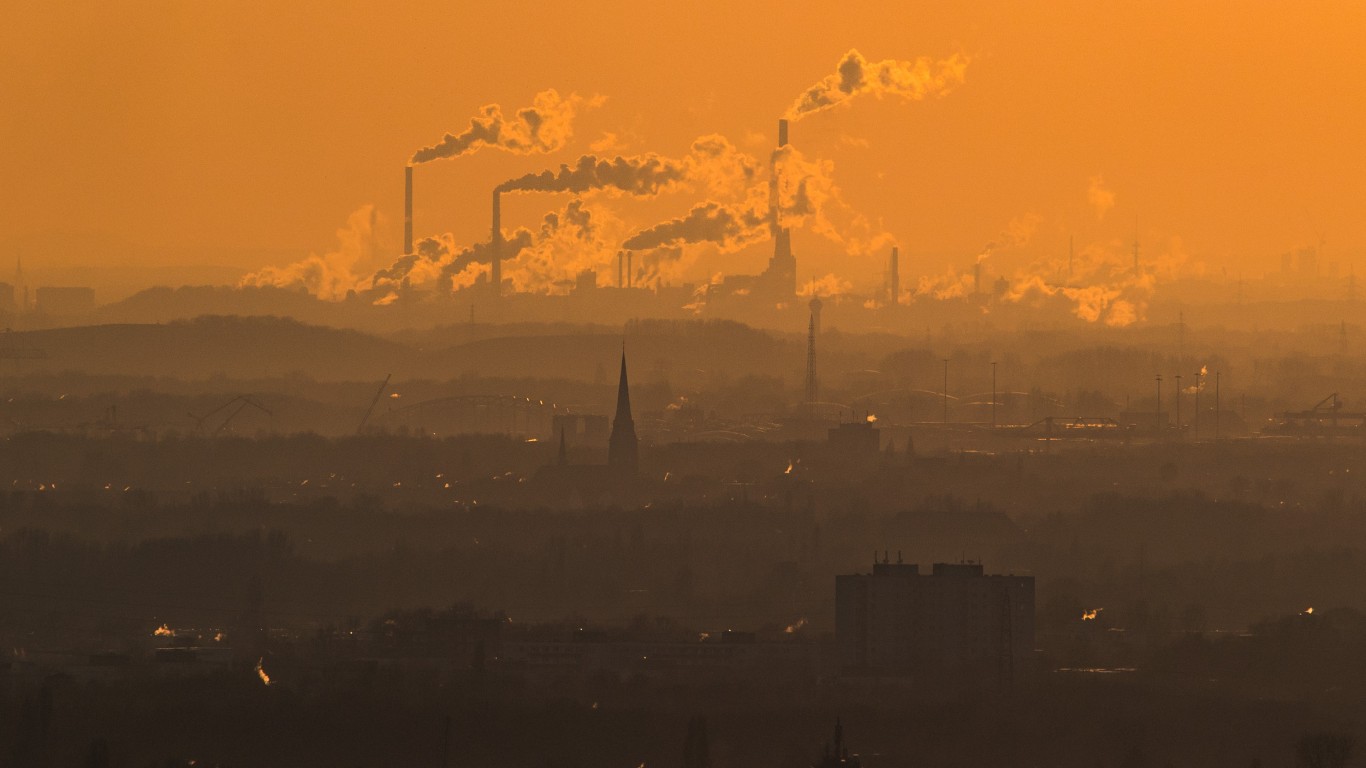
In the worldwide effort to curb climate change, 2021 was an important year. In August, the U.N.’s Intergovernmental Panel on Climate Change issued its sixth report, with its most urgent plea to date for quick action to reduce greenhouse gas (GHG) emissions. Three months later, 197 nations came together in Glasgow for a two-week conference, known as COP26, to attempt to arrive at an agreement on the measures needed to to avoid the calamity predicted by the IPCC if the world is unable to limit warming to 1.5ºC.
The conference failed to meet the hopes and expectations of its conveners, garnering insufficient commitment to a 2050 target for net zero GHG emissions. Even for the scores of countries willing to make that commitment, most have not been able to meet previous emission reduction goals and do not have detailed, concrete plans and strategies in place to make up for lost time. (These are the 40 countries decreasing emissions the fastest.)
COP26 did accomplish some important things, however. Leading up to the summit, leaders across the globe focused more on climate change, initiating new programs, committing more funds, setting tighter goals, and exploring alternative paths to the 2050 target. Even vocal climate skeptics, such as Russia’s Vladimir Putin and Brazil’s Jair Bolsonaro acknowledged the urgency posed by rising temperatures.
At the conference itself, there was agreement among 100 nations to a methane reduction goal. In addition, 120 nations, representing 90% of the world’s forests, set 2030 as a target for ending, and beginning to reverse, deforestation. And the world’s two largest emitters of greenhouse gasses, the United States and a previously recalcitrant China, agreed to cooperate in efforts to curb climate change. Delegates also agreed on the need to provide significant assistance to developing nations in meeting their emission reduction goals. (These are the 50 countries with the highest CO2 emissions per capita.)
Importantly, the gathered nations agreed to regroup to report on their progress in meeting the commitments they’ve made. COL27 will take place in Egypt in 2022.
Some 20 countries are responsible for more than 75% of all GHG emissions. To determine what those countries are, 24/7 Wall St. reviewed data from the 2021 edition of the International Energy Agency report on GHG emissions from energy. Countries were ranked by total GHG emissions from energy in million metric tons of CO2 equivalent. There were 89 countries with available data.
Click here to see the 20 countries responsible for nearly all global emissions
Data on the percentage of each country’s 2020 CO2 emissions out of world GHG emissions came from The Global Carbon Budget published by Integrated Carbon Observation System, a community of more than 500 scientists. 2020 population data came from the World Bank.





